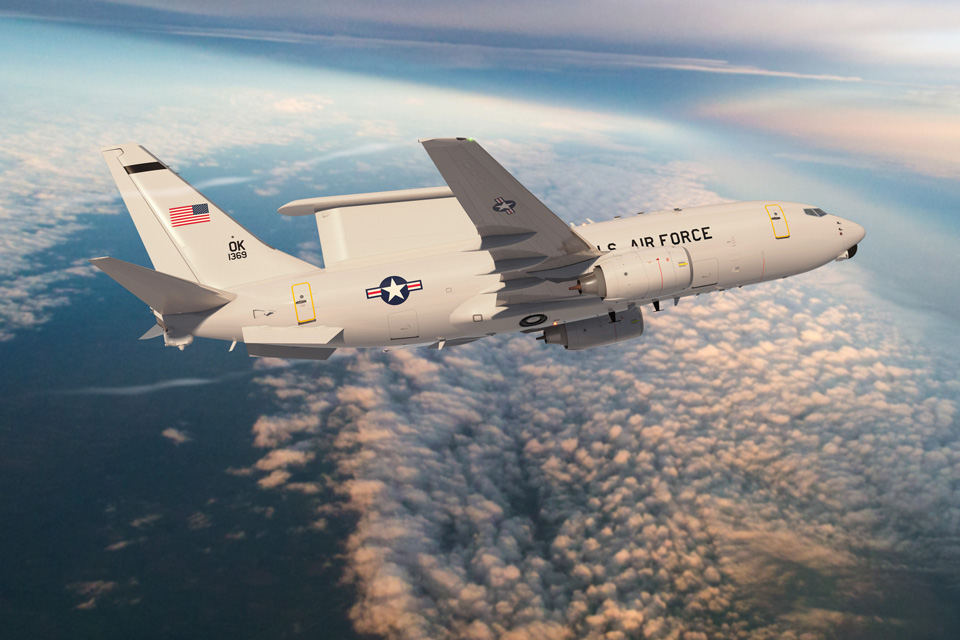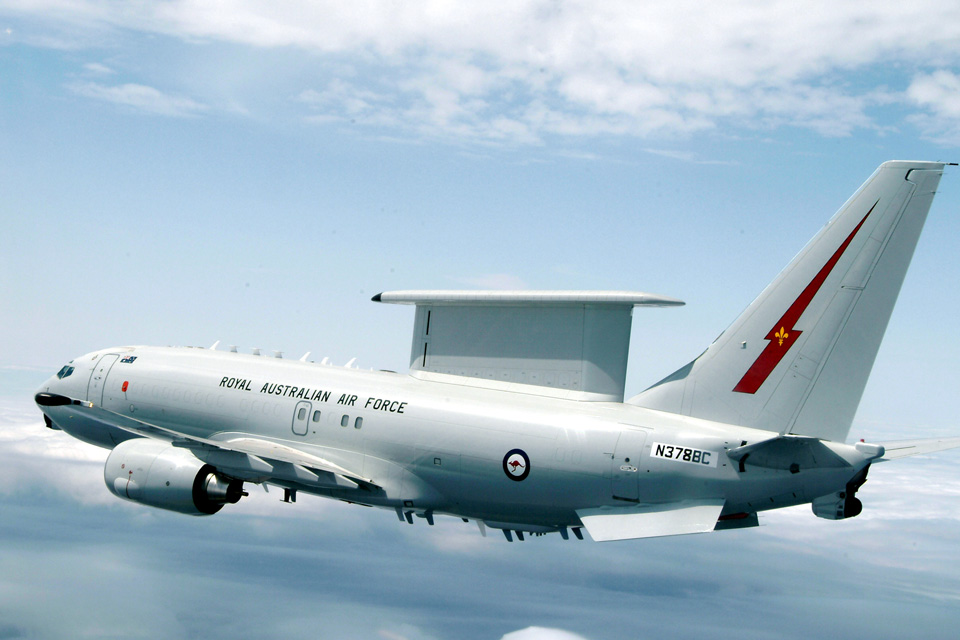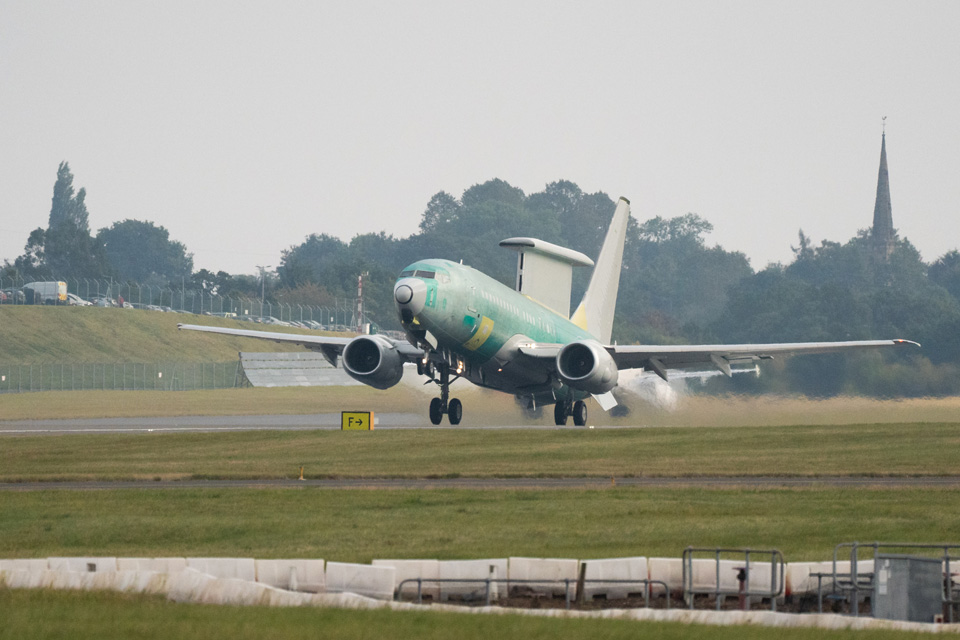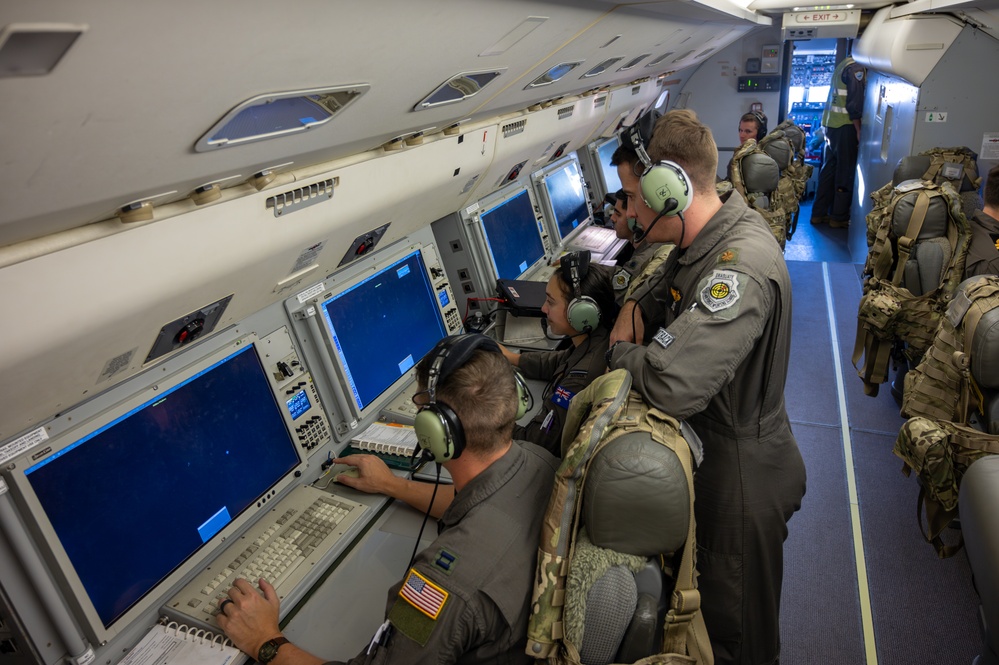First to Detect, First to Engage advantage against threats
As the U.S. Air Force continues to advance air superiority capabilities, the Boeing E-7 Airborne Early Warning and Control (AEW&C) provides complementary leaps forward in aerial surveillance and battle management and control (BMC2) operations.
The E-7A can detect and track a wide array of airborne and maritime targets, providing comprehensive situational awareness across vast operational theaters. The integrated sensor system allows the aircraft to simultaneously monitor multiple targets, making it an invaluable asset for both defensive and offensive operations.
The E-7 AEW&C's capabilities extend beyond detection. It features sophisticated communication systems that facilitate real-time data sharing with air, space and ground forces, enhancing collaborative decision-making. The aircraft can integrate seamlessly with various platforms, including fighter jets, unmanned aerial vehicles, and ground command centers, ensuring that all units operate with a unified understanding of the battlefield. Additionally, the E-7 is designed for rapid deployment and can operate in diverse environments, from high-intensity conflict zones to humanitarian missions.



